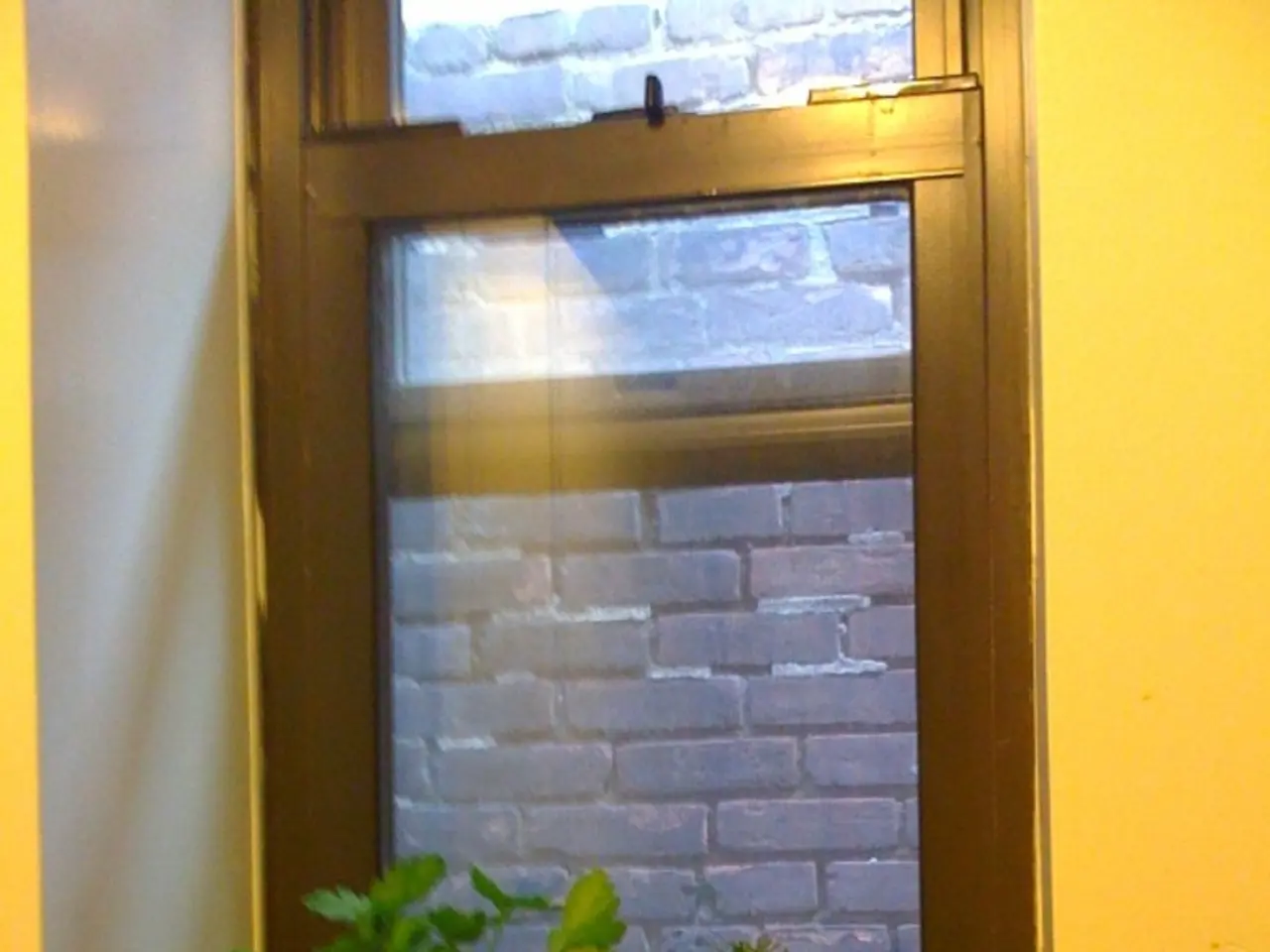Advantages and Disadvantages of Cultivating Wisteria Vines in Gardens
Wisteria, a popular ornamental vine, is known for its dark, glossy leaves and clusters of hanging blooms that attract pollinators. However, this vigorous grower can also pose challenges for gardeners.
One of the advantages of wisteria is its adaptability. It can thrive in various soil types and is relatively easy to grow. Moreover, propagating wisteria from cuttings is straightforward. Wisteria can grow up to 30 feet (9 m) in length, making it a striking addition to any garden.
However, its rapid growth can also be a downside. If left unchecked, wisteria vines can take over gardens, fences, garages, and even houses. Annual pruning is essential to keep it under control. Unfortunately, once established, wisteria is notoriously hard to remove, requiring drastic measures such as cutting it off at ground level, digging it up, or suffocating the stump with black plastic.
The plant's seeds, found in its seed pods, are toxic and pose a risk to children and pets. Any seed left behind from wisteria will readily germinate, potentially leading to new infestations. In areas with heavy nitrogen content in soils, wisteria can put on a lot of weight in just one year, requiring significant maintenance.
In regions with very cold climates or harsh winters, wisteria may not survive well. It is generally not recommended to plant wisteria in extreme northern states or high-altitude areas.
The heavily leaved vines of wisteria can smother native flora and form dense thickets, displacing native species and disrupting the ecological balance. Non-native species of wisteria, such as Chinese and Japanese varieties, can also break limbs and girdle tree trunks when they escape cultivation and grow in the wild.
Despite these challenges, wisteria does improve soil quality, like all members of the legume family, by fixing nitrogen. In areas with less stringent growth conditions, wisteria can be a beautiful and rewarding addition to a garden.
For those seeking alternatives to wisteria, consider using native vines like wild clematis, ground nut, dutchman's pipe, and others. These options offer spectacular blooms and foliage, and are generally less invasive and less maintenance-intensive.
It is important to note that native varieties of wisteria, while less invasive, are still high maintenance and pose a poison risk. The American species of wisteria is preferred for its tameness compared to Asian varieties, which need to be fully mature before flowering and can take up to 15 years.
In conclusion, while wisteria offers great ornamental appeal, it requires careful management and consideration. Gardeners should weigh the benefits against the potential issues before deciding to plant this vine in their gardens.







